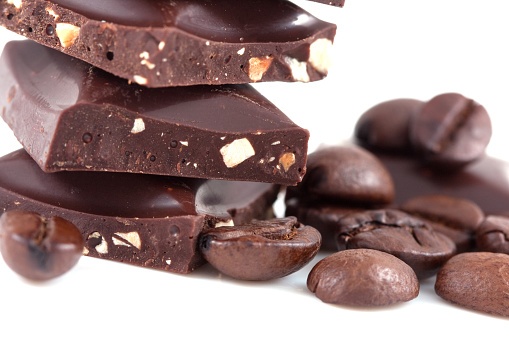 It’s the end of the day. There was a string of meetings to attend, a pile of emails to answer, an argumentative colleague to work with, maybe even kids yelling for pizza when you had chicken planned for dinner instead. By the time you get home, you’ve already made a plethora of decisions, from how to approach a problem at work to what shoes to wear on your way out the door. You told yourself you would exercise when you got home, but now the couch looks a lot more enticing. All those decisions you made have taken a biological toll on your motivation and self-control, whether you realize it or not.
It’s the end of the day. There was a string of meetings to attend, a pile of emails to answer, an argumentative colleague to work with, maybe even kids yelling for pizza when you had chicken planned for dinner instead. By the time you get home, you’ve already made a plethora of decisions, from how to approach a problem at work to what shoes to wear on your way out the door. You told yourself you would exercise when you got home, but now the couch looks a lot more enticing. All those decisions you made have taken a biological toll on your motivation and self-control, whether you realize it or not.
Decision fatigue, or the deteriorating quality of decisions after making numerous previous choices, happens to even the most rational and strong-willed of us. The more choices you make throughout the day, the harder it is to exert self-control and make better decisions later. So no, your choice to binge-watch Game of Thrones with a pint of ice cream in hand after a particularly decision-heavy day isn’t necessarily because you lack motivation or willpower. Luckily, there are a few tips and tricks that you can employ to hack decision fatigue and help boost your willpower.
Here are four ways you can help combat decision fatigue in your day.
Make Repeated-Daily Decisions the Night Before
Some of the most draining decisions are the ones that you make again, and again, and again. Blocking off time the night before can save tons of mental energy the following day. It’s the outfit you’re wearing to work tomorrow, the lunch you will eat, and even which KCup to choose for your morning buzz (very crucial, I know). All of these take less than a few minutes to decide and even complete, so tackle them the night before to set yourself up for success tomorrow.
Attack the Most Important Task First
Willpower is somewhat like any muscle in your body: it fatigues with use. The brain will start to look for shortcuts if decisions pile up. Namely, it will either a) become reckless and impulsive (hello bag of chips for lunch), or it will b) become the energy saver and do nothing (where my fellow procrastinators at?). If you have something that you are trying to prioritize and work on, put your best foot forward and attack it first while you have ample attention and energy to do so. Maybe it’s improving your body composition, maybe it’s starting a side business, maybe it’s beginning a daily mindfulness habit. Whatever it may be, start your day by working on the most important thing in your life.
Schedule Your Success: Don’t Leave It to Chance
We all have great intentions when we start the day. But its not enough to hope that you’ll have the energy to go to the gym after work. Or that you’ll be disciplined enough to choose a serving of vegetables over that nighttime Nutella binge (can you tell I’m a bit hungry writing this?). Making ourselves a schedule takes out the decision-making process and eliminates another opportunity for our brain to check out and give in to impulses. If making exercise a habit is a priority for you, physically put it on your calendar and weekly agenda. Now hoping that you’ll have the willpower when you leave work won’t be the problem; you’ll just know that NIFS is where you’ll be heading on Tuesdays at 5:30pm.
Eat Something First if You Have to Make Good Decisions Later
In a study by Danziger et al. (2011) published by the National Academy of Sciences, researchers analyzed over 1,100 judicial rulings for parole hearings over a 10-month period. Judges had a favorable ruling to start the day 65% of the time. As the day progressed, and more decisions were made, that percentage gradually dropped to nearly zero. The only exception? When the judges returned from lunch break, a ruling’s favorability jumped back up to the same 65%. Moral of the story? If you have an important decision to be made, but you realize that it won’t be approached until later, try eating a small snack beforehand. Being hangry can make it easier to be impulsive. So while you should try to tackle the most important tasks and decisions first, it might not always be realistic or possible to do so. Have that healthy snack at the ready (or packed the night before) if you know that your day calls for willpower later.
***
The average person makes more than 30,000 decisions daily. And the more decisions that we make, the more difficult subsequent choices become. Try a few of these techniques to help streamline your day and keep your willpower intact and refreshed going forward.
This blog was written by Lauren Zakrajsek, NIFS Health Fitness Instructor and Personal Trainer. To learn more about the NIFS bloggers, click here.


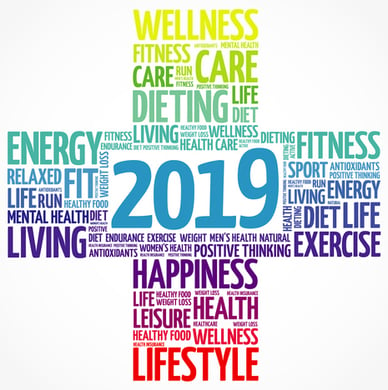 Happy February 2019! Are you a “New You” yet?
Happy February 2019! Are you a “New You” yet? Most of us are aware that the number of Americans diagnosed with diabetes is increasing, but so is the number of us at risk.
Most of us are aware that the number of Americans diagnosed with diabetes is increasing, but so is the number of us at risk. 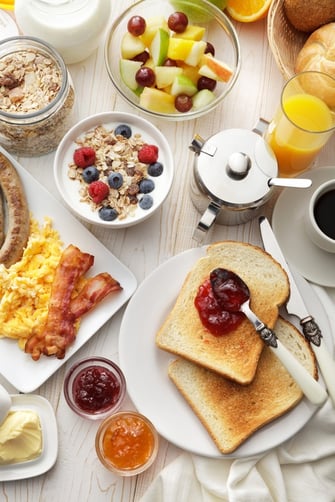 There are so many diets out there that it can be confusing as to what you should follow and who you should listen to when it comes to healthy and balanced eating. If you aren’t sure where to begin to change your current routine, take a look at these tips that Registered Dietitians (the experts in healthy habits) recommend.
There are so many diets out there that it can be confusing as to what you should follow and who you should listen to when it comes to healthy and balanced eating. If you aren’t sure where to begin to change your current routine, take a look at these tips that Registered Dietitians (the experts in healthy habits) recommend.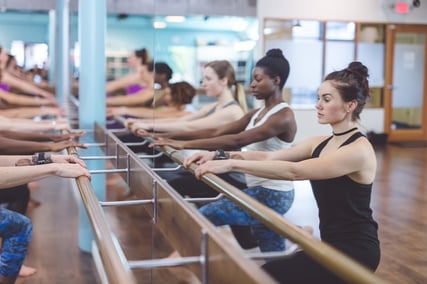 Creating healthy habits is a challenge for most people. Doesn't sitting at a bar with a glass of wine sound much easier than going to the gym and taking a barre class after work? In the moment, YES; but which is more beneficial for your health and longevity?
Creating healthy habits is a challenge for most people. Doesn't sitting at a bar with a glass of wine sound much easier than going to the gym and taking a barre class after work? In the moment, YES; but which is more beneficial for your health and longevity?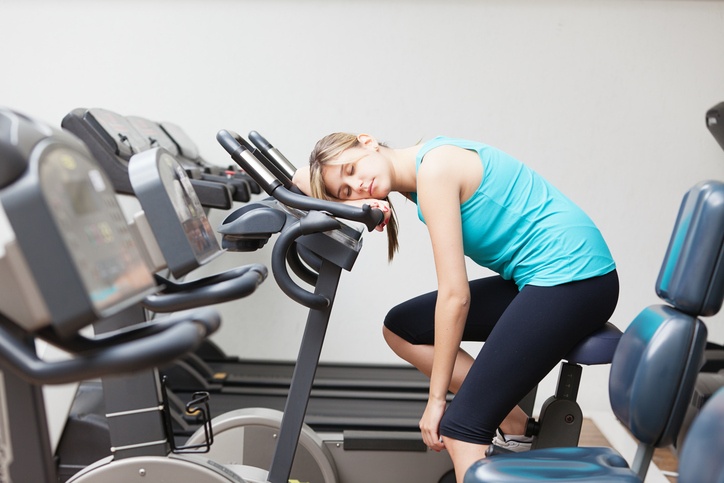 Do you wake up feeling tired? Well, you’re not alone. One in every three Americans does not get
Do you wake up feeling tired? Well, you’re not alone. One in every three Americans does not get 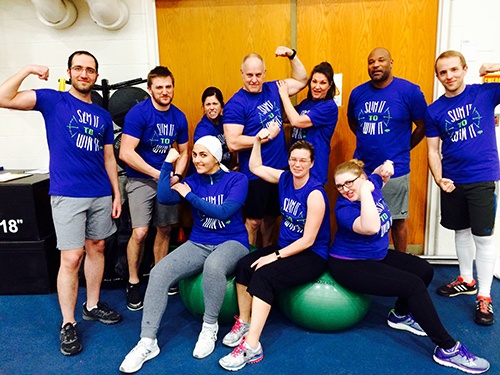 The NIFS 2018
The NIFS 2018 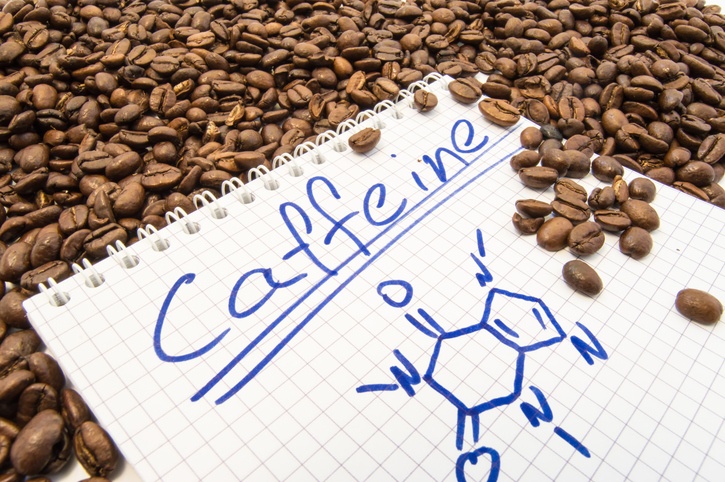 Like most people, I’m busy: full-time job, kids, a house… and in my “spare time,” I’m a high school tennis coach and play a lot of tennis. A few years back I started having issues with exhaustion (go figure). Right around 4pm I would just be overcome with complete, hit-the-couch, exhaustion. The only way to make it through the rest of my busy day seemed to be one more caffeinated drink.
Like most people, I’m busy: full-time job, kids, a house… and in my “spare time,” I’m a high school tennis coach and play a lot of tennis. A few years back I started having issues with exhaustion (go figure). Right around 4pm I would just be overcome with complete, hit-the-couch, exhaustion. The only way to make it through the rest of my busy day seemed to be one more caffeinated drink.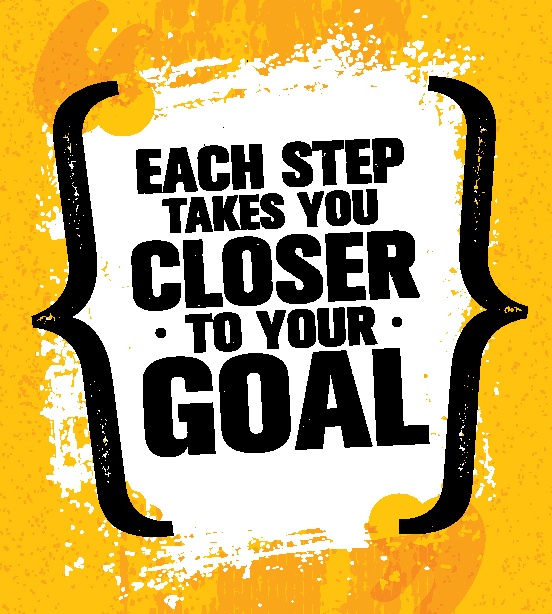 Some people in this world are really good at staying committed to something they have started, but there are many others who struggle with meeting a goal or expectation that they have set for themselves, then actually following through with it to completion. It can be a challenge to hit those markers if you cannot seem to stay committed to something, which in turn leads to discouragement, a sense of failure, and feeling defeated.
Some people in this world are really good at staying committed to something they have started, but there are many others who struggle with meeting a goal or expectation that they have set for themselves, then actually following through with it to completion. It can be a challenge to hit those markers if you cannot seem to stay committed to something, which in turn leads to discouragement, a sense of failure, and feeling defeated.